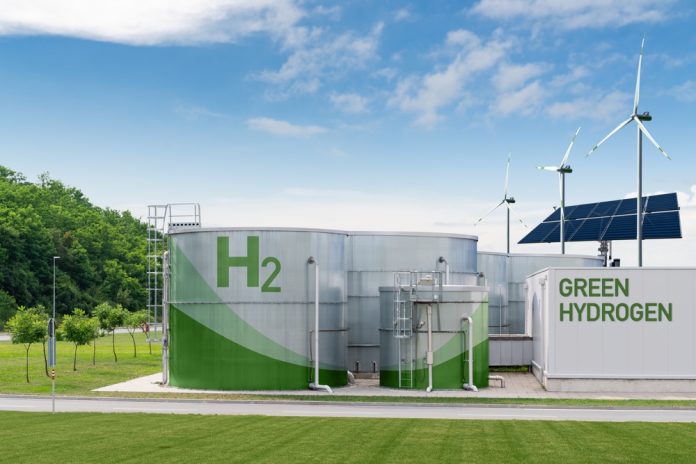Researchers at Oregon State University (OSU) have made a significant advancement in green hydrogen production, developing a material capable of converting sunlight and water into clean energy with remarkable efficiency.
This hydrogen production innovation promises to be a crucial tool in combating greenhouse gas emissions and addressing climate change.
Led by Kyriakos Stylianou from the OSU College of Science, the research team has created a photocatalyst that enables the high-speed production of hydrogen.
This clean hydrogen can be used in fuel cells for vehicles and in the manufacture of chemicals, refining metals, and producing plastics.
The role of metal organic frameworks
Stylianou’s research focuses on metal organic frameworks (MOFs), crystalline and porous materials that can be designed with specific properties.
In this study, the team used MOFs to derive a metal oxide heterojunction, a combination of materials with complementary properties.
This catalyst, when exposed to sunlight, efficiently splits water into hydrogen.
The innovative RTTA-1 catalyst
The newly developed heterojunction, termed RTTA, consists of MOF-derived ruthenium oxide and titanium oxide doped with sulfur and nitrogen.
Among various versions tested, RTTA-1, which has the lowest ruthenium oxide content, demonstrated the fastest hydrogen production rate and a high quantum yield.
In just one hour, a gram of RTTA-1 produced over 10,700 micromoles of hydrogen. This process efficiently utilised light particles, with 10% of photons contributing to hydrogen production.
Potential for sustainable energy solutions
This study highlights the potential of MOF-derived metal oxide heterojunctions as practical photocatalysts for green hydrogen production.
Stylianou emphasised that this method is cleaner than conventional hydrogen production, which often relies on methane-steam reforming, a process that emits carbon dioxide.
Current hydrogen production methods using electrocatalysis depend on running electricity through a catalyst, which must be derived from renewable sources to be sustainable.
However, the cost of green hydrogen production remains high, at about $5 per kilogram, compared to $1.50 per kilogram for hydrogen produced via methane-steam reforming.
Harnessing solar energy for hydrogen production
Stylianou highlighted the abundance of water as a hydrogen source and the potential of photocatalysis to utilise the Earth’s plentiful solar energy.
Although ruthenium oxide is costly, the minimal amount used in the new photocatalyst makes industrial applications more feasible.
The stability and reproducibility of the catalyst further mitigates concerns about the cost of this precious metal.
The findings from OSU represent a promising step towards more sustainable and efficient energy solutions.
The high-speed, high-efficiency production of hydrogen using sunlight and water could play a significant role in the transition to green energy, providing a cleaner alternative to fossil fuels and reducing the global carbon footprint.









